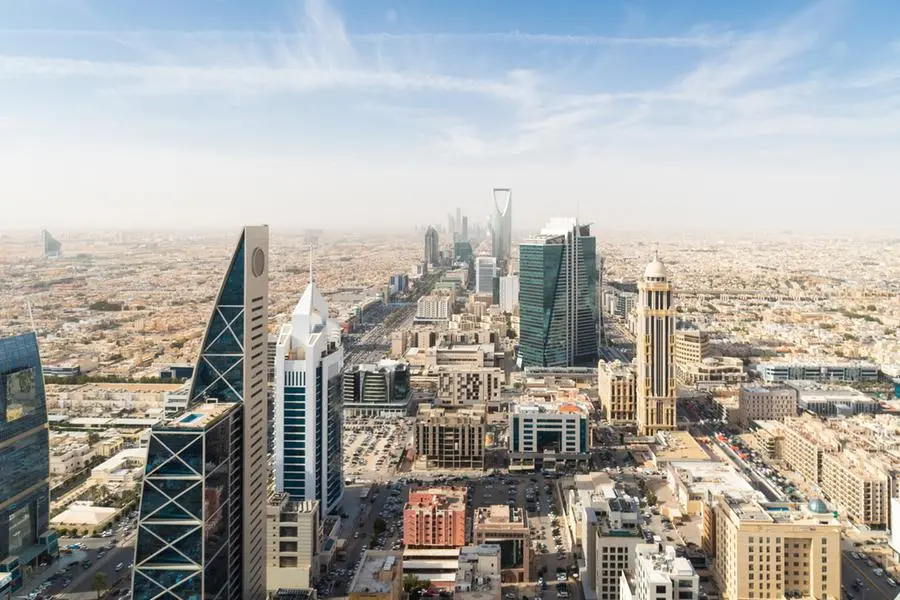The initiative by Public Authority for Electricity and Water identifies 15 locations deemed optimal for wind power
MUSCAT: The Public Authority for Electricity and Water (PAEW), which is overseeing the formulation of a national strategy for renewable energy development in the Sultanate, has so far identified 15 sites around the country deemed optimal for wind power projects.
The mapping of sites is a key objective of the Oman Wind Atlas Project, an initiative launched by the Authority to help encourage investment in wind-based renewable energy schemes in the Sultanate.
The project, according to a senior official is now at an advanced stage, with the Authority preparing to erect wind masts at key locations to help in the gathering of bankable wind data -- an essential prerequisite for the commercial exploitation of this resource.
"The aim is to identify and rank the best sites based not only on modelling and satellite data but also on the ground characteristics. To this end, we will install wind masts at 80 metres above ground at the best sites in order to collect bankable data," said Khalil al Zidi, Senior Engineer -- Renewable Energy, PAEW.
Al Zidi said the Wind Atlas project, part of a string of feasibility study and pilot initiatives launched by PAEW over the last several years, has made significant headway since it was rolled out a couple of years ago.
The first stage of the study, focusing on the identification and ranking of the best sites for wind farms, was scheduled for completion by around the middle of this year. The focus has since shifted to stage two of the study: the installation of 80-metre-high wind masts equipped with data measuring equipment, he said.
The official characterised the lack of bankable data as a significant "challenge" for the development of renewable energy resources in the Sultanate.
"To record such data, specialised instrumentation is required. Of course, the Public Authority for Civil Aviation has weather stations, but these are not designed or suitable for gathering bankable data. For example, to study the feasibility of wind power farms, it is necessary to install measuring systems at a height of 80 metres above ground, (which will be addressed when the wind masts are installed)," he explained.
Other barriers to renewable energy development in the Sultanate include the high capital costs of equipment and systems relative to conventional energy; subsidies -- direct and indirect -- on electricity; and the absence of a policy framework and target for adding renewables to the energy mix in the Sultanate, Al Zidi added.
Oman's first commercial scale wind power project is currently under development at Thamrait in Dhofar Governorate with an investment of around $125 million.
The 50 megawatt (MW) capacity wind-based renewable energy project is being jointly developed by the Rural Areas Electricity Company (RAECO) of the Sultanate, and Masdar, Abu Dhabi's renewable energy company. Around 16,000 homes will receive their energy needs from this landmark venture when it comes into operation in 2017.
© Oman Daily Observer 2015






















